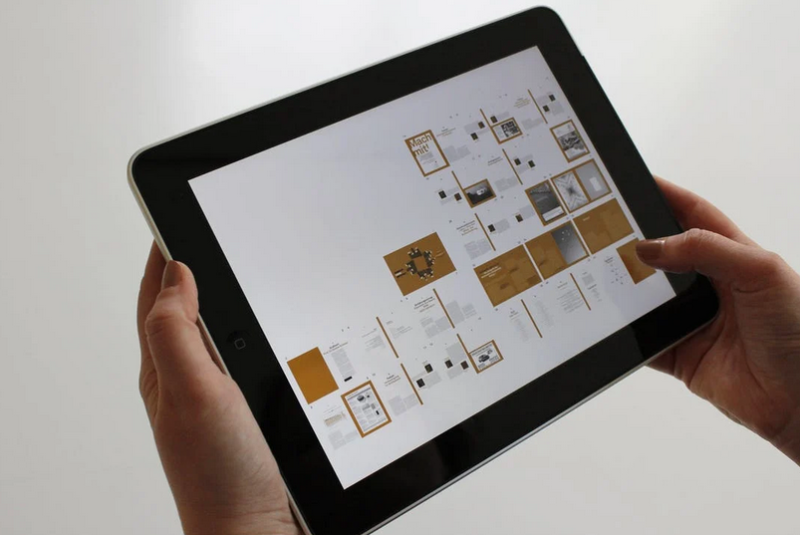Digital Transformation and Stages of Digitalization

Digital transformation creates windows of opportunity for new business models. Understanding the stages of digitalization is the first step.
There are many measures of digital transformation. Here we present the Industrie4.0 Maturity Index developed in Germany.
The Index provides companies with guidance for carrying out digital transformation into a learning and agile company systems.
It presents six consecutive development stages for four key areas of every company.
Six Stages of Digitalization
Computerization comprises the use of information technologies for all processes running in a company.
This includes the processing as well as the documentation of planning, organizational and operative tasks.
Data and information are stored centrally and are available for analysis.
Connectivity refers to the state in which the various resources and processes are linked via interfaces.
Isolated recording and processing of data and information only takes place in exceptional cases.
This avoids media breaks and the associated loss of information.
Visibility enables the attainment of information and decision transparency in operational processes.
All actions within the company are fully documented and can be observed in real time.
Transparency expands the “what” by the “how” and “why”.
The extended understanding can be used to build a comprehensive expert system.
Predictability transforms this expert knowledge into forecasts.
Future system conditions are derived from corresponding models and mechanisms for decision support are provided.
The robustness and speed of the decision processes continues to increase.
Adaptability describes the autonomization of these decision-making processes.
To an extent, action alternatives are not only automatically generated, but also automatically evaluated.
The most suitable action gets implemented.
